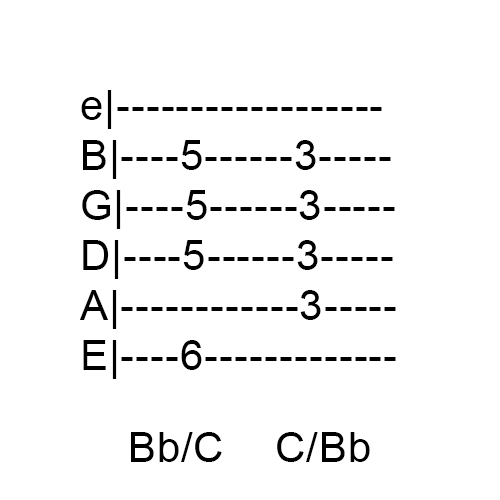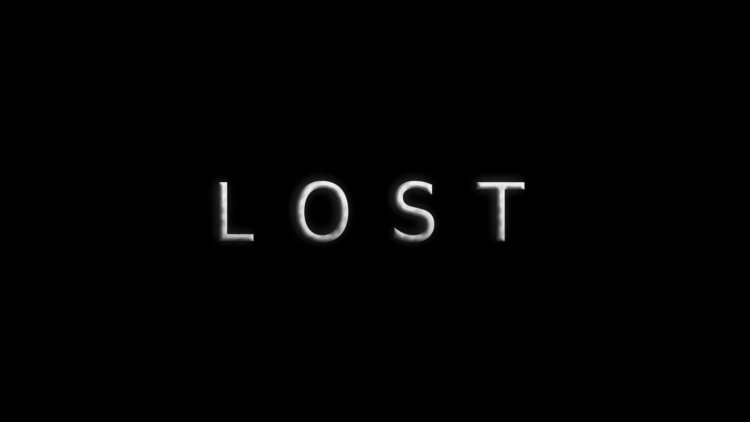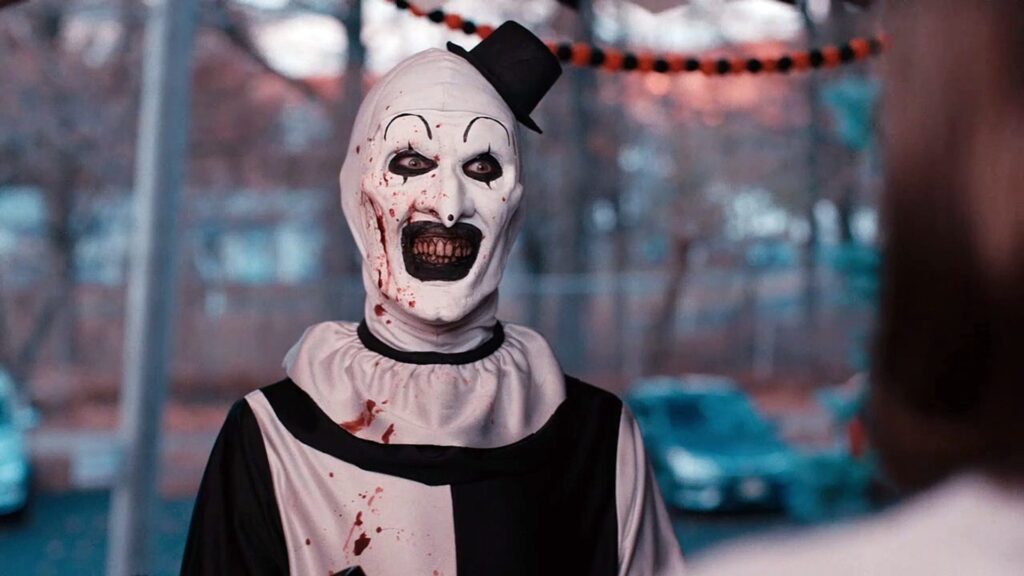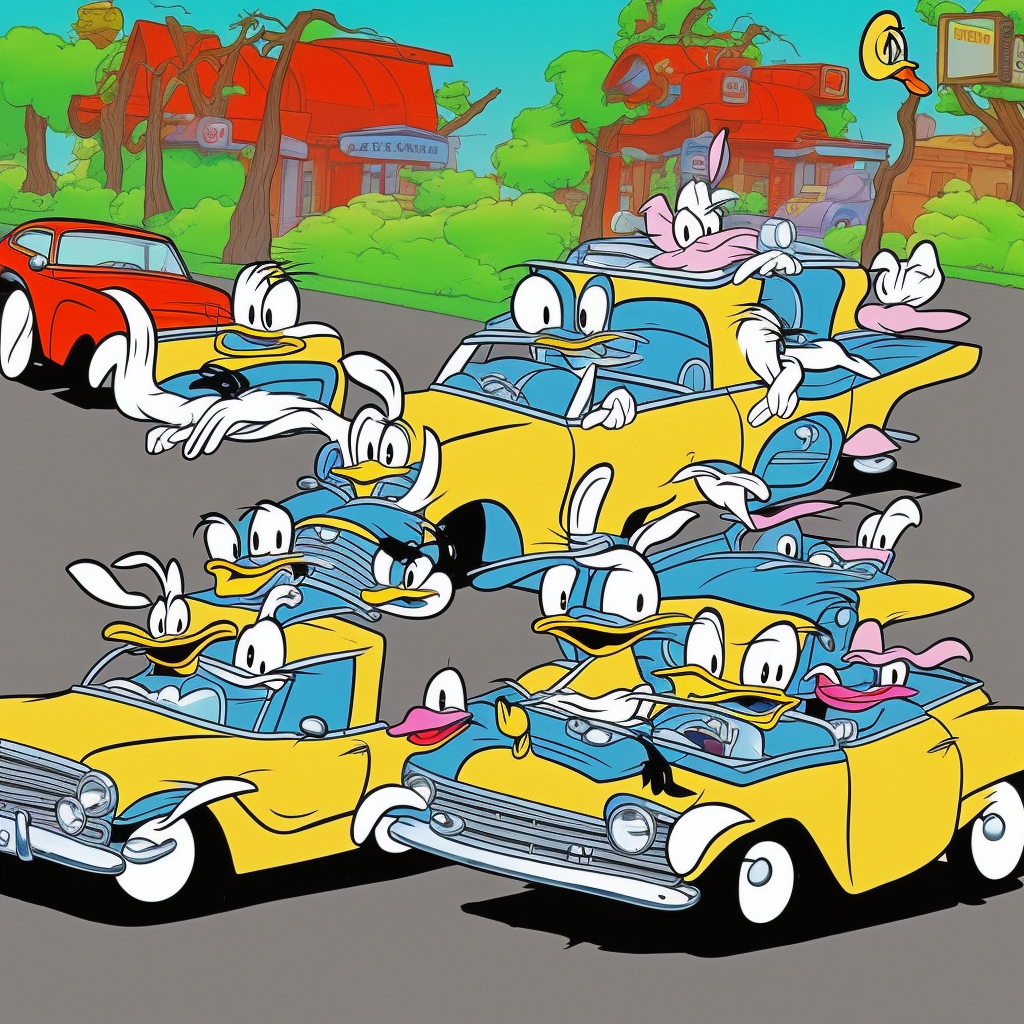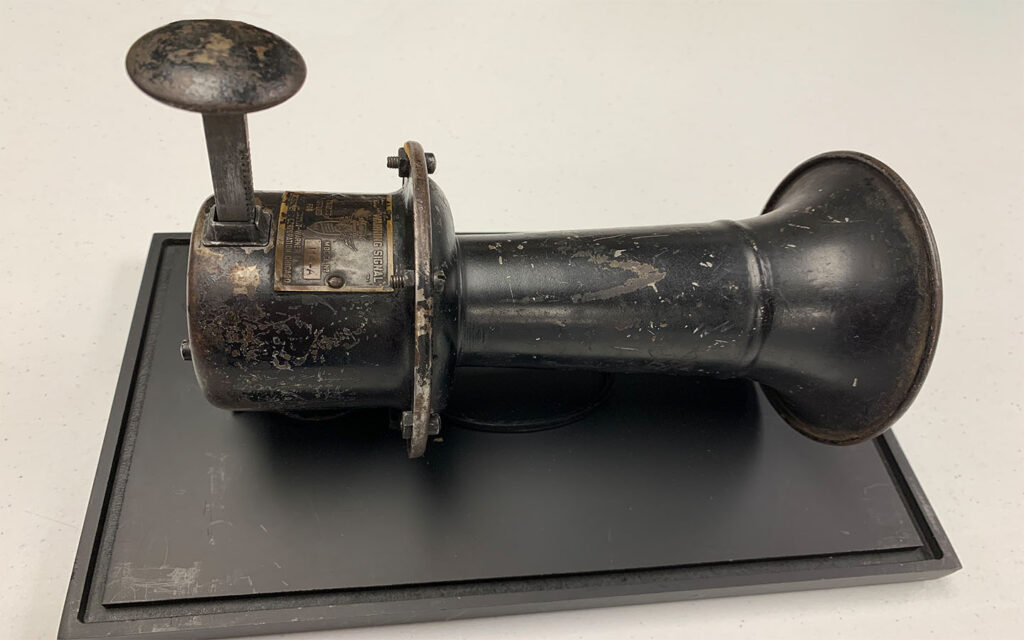FEMA attacked everyone’s phones this week with a couple dissonant tones. No one in America could escape them. It’s nice to know we’re all connected by something so horrible. Sometimes I forget there’s a society out there, stuck as I am in my solipsistic bubble-boy existence.
I actually turned my phone off on Wednesday afternoon, because I’m a schizo conspiracist. Most people don’t know how to turn their phones off, or they choose not to know, so they were forced to hear the FEMA music, a 5G MK-Ultra torture session to excite their spiked blood.
Since nothing ever happens on time anymore, this was an exciting event, like live television. One by one, the phones of the masses sounded off with the dreadful tones.
The emergency alert is a high-pitched whole-tone interval of half-flat A’s and B’s blaring in 11/8 time. The government uses odd-time signatures to scare you, man.
The same tones are used for Amber Alerts and the Emergency Broadcast System, so they must be some official tones that the government likes to torture people with. Most likely the CIA developed these tones by experimenting on prisoners and orphans.
This comfy message used to come on late-night TV in the old days:
I guess if the government is giving you and your unvaxxed friends a heads up that they’re about to throw you into the FEMA camps, you want it to sound as annoying as possible.
The mild hysteria surrounding this event harkens back to the halcyon days of the cozy Cold War that warms the cockles of my boomer heart. It makes me nostalgic for my childhood spent ducking and covering under my school desk, playing with my nuclear shadow, and watching 80s action movies that I substituted for having a real personality.

